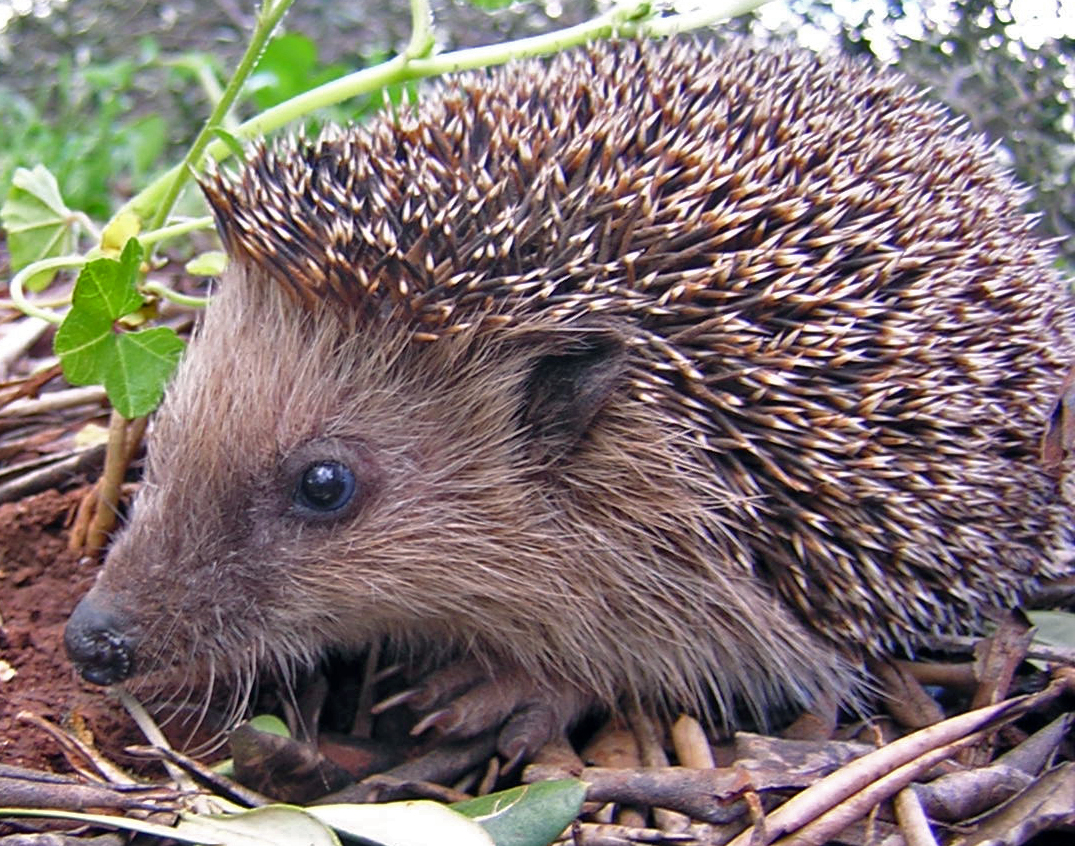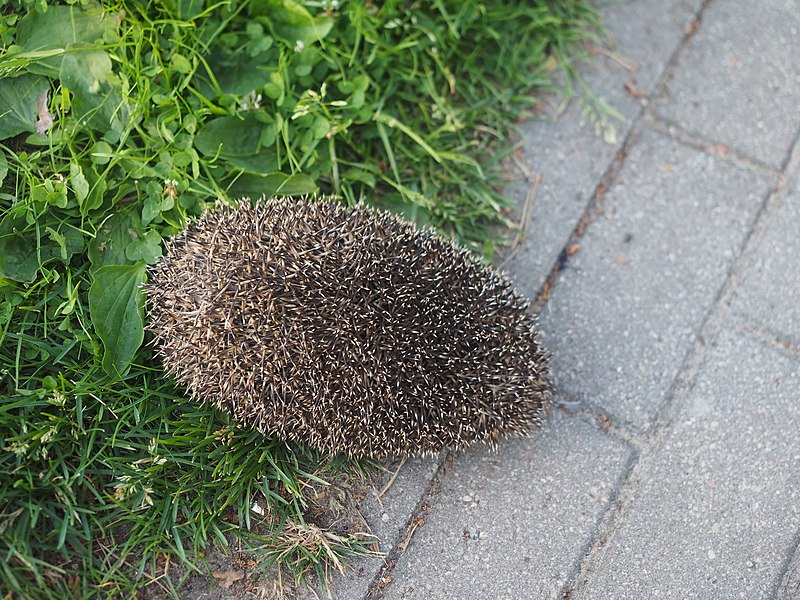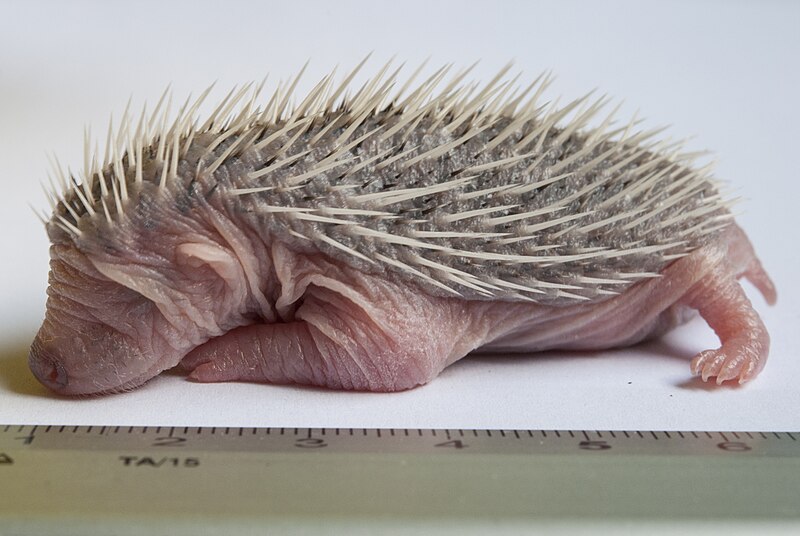Scurrying through the mysterious realm of Britain’s undergrowth, the unassuming hedgehog (Erinaceus europaeus) is at work. Venturing into this nocturnal world reveals a story of ancient significance. These prickly custodians of hedgerow and thicket perform an invaluable pest control service, feasting on a diverse array of invertebrates. Beetles, slugs, and caterpillars fall prey to their insatiable appetite, helping to maintain a delicate balance across woodland, gardens and agricultural lands alike.
Beneath the protective mantle of their spiky exteriors, hedgehogs assume a role far more profound than their charming visage suggests. Within the dance of Britain’s nature they become unsung heroes, contributing to the vital process of nutrient cycling. Through their tireless foraging expeditions, hedgehogs emerge as stewards of the soil, engaging in a symbiotic relationship with the earth itself. The aftermath of this nightly feast helps to create a transformative effect on the soil below as their nitrogen-rich excrement contributes to plant growth.
However, the hedgehog’s tale takes a somber turn in the face of modern challenges. Habitat loss, a consequence of rampant urbanisation and agricultural intensification, threatens the sanctuaries where hedgehogs forage and nest. Pesticide use in farming further reduces the availability of insects, the lifeblood of these nightly wanderers. Road traffic poses a multifaceted challenge, causing not only accidents and fatalities but also acting as a disruptive force that severs and isolates hedgehog populations. This fragmentation has a detrimental impact on genetic diversity, hindering natural connectivity and potentially compromising the long-term resilience of populations.
In response to these growing threats a groundswell of conservation initiatives is gaining momentum. Foremost among these efforts is the establishment of wildlife corridors – strategically designed pathways that reconnect these fragmented habitats, enabling hedgehogs to traverse urban landscapes without perilous encounters with roads.
Beyond their ecological exploits, hedgehogs have found their place in the heart of British culture. Once earning its keep as a cherished ally to farmers in the medieval era, hedgehogs have transcended their ecological roles to become symbols of charm and familiarity. Beatrix Potter’s “Mrs. Tiggy-Winkle” and Jill Barklem’s Brambly Hedge have immortalised these creatures in the pages of beloved children’s stories.
In the world of art and design, hedgehogs have found themselves featured in myriad forms—ceramics, garden sculptures, and illustrations. Their distinctive appearance and endearing behavior have become timeless motifs, encapsulating the essence of British wildlife and the picturesque countryside.
Yet, even with their cultural prominence, hedgehogs remain vulnerable. Conservationists and individuals alike are working to foster a harmonious coexistence between humans and hedgehogs, recognizing the imperative need to safeguard both the ecological and cultural aspects they embody.
The hedgehog’s tale is not just one of ecological intricacies but a rich narrative that transcends time and tradition. As a guardian of Britain’s green spaces, it beckons us to reflect on the interconnectedness of our actions with the delicate dance of nature. In this narrative, the hedgehog emerges not only as a symbol of ecological resilience but also as a cherished character in the story of Britain’s natural heritage, reminding us to tread lightly and appreciate the enchanting balance that these beasts bring to our country.

Hedgehog ( Erinaceus europaeus )


One day old hedgehog. 2012.
